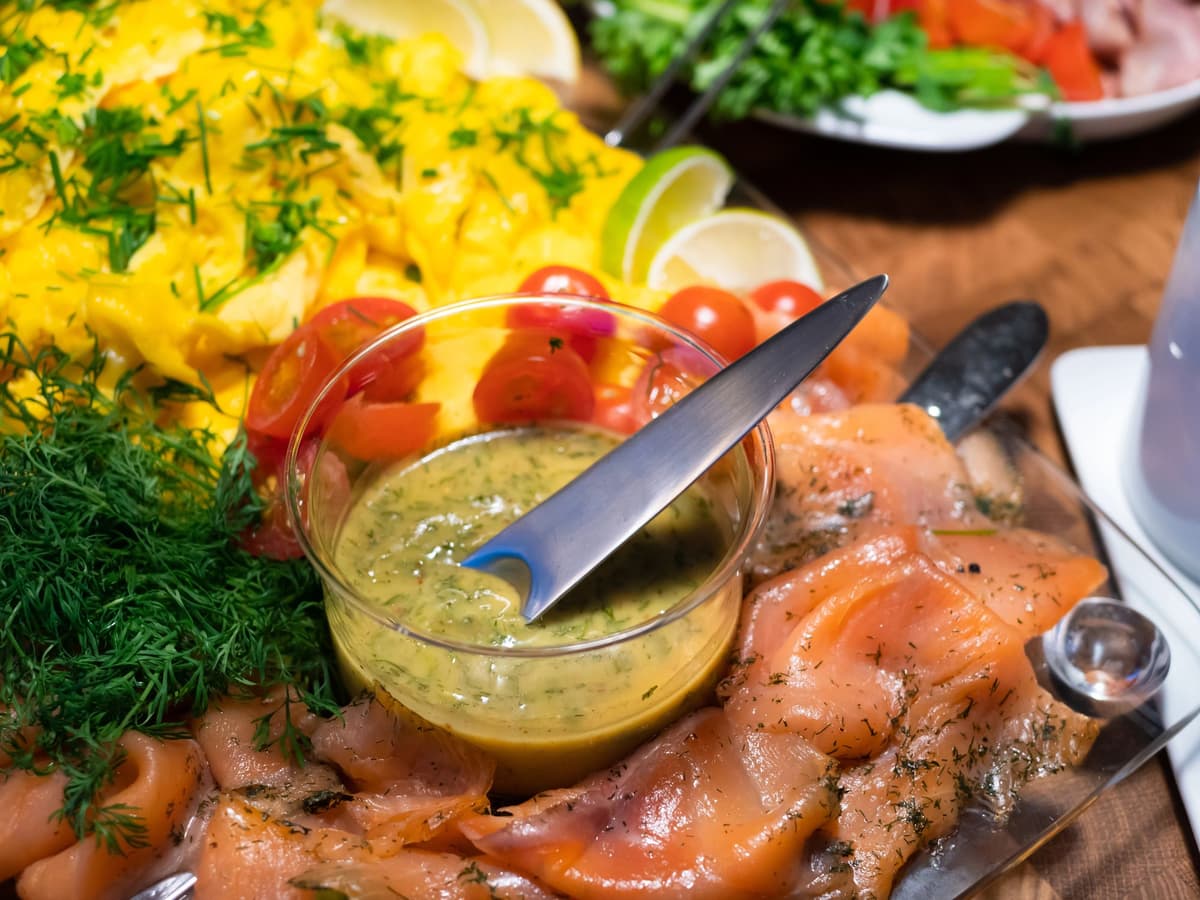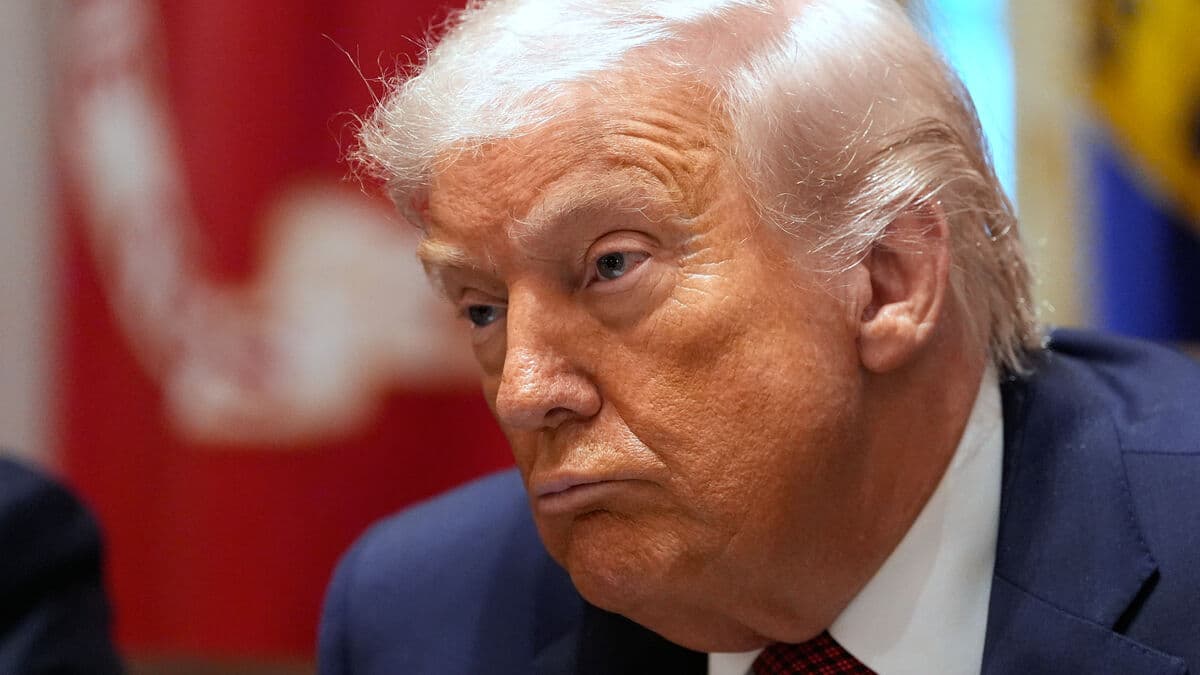On the social platform Tiktok, children can be exposed to as many as 17 ads per hour for junk food, soda, or candy. This corresponds to a commercial break every third minute.
A survey by Unicef Sweden and the Heart-Lung Foundation, conducted by the Karolinska Institute, shows that around 70 percent of all food advertising that children and young people are exposed to advertises products that can be classified as unhealthy.
"Alarming reality"
The products increase the risk of overweight and serious sequelae, such as type 2 diabetes. And this at the same time as between 5 and 10 percent of all children in Sweden are estimated to suffer from obesity.
It is an alarming reality that children and young people live in terms of advertising. That it looks like this, I think is unknown to many, says Pernilla Baralt, Secretary General of Unicef Sweden.
We see that this marketing takes advantage of children's and young people's vulnerability. It's a lot about group affiliation and trends, she continues.
Besides the more classic advertising, social media are also flooded with sponsored posts.
Children and young people often underestimate that it is advertising and marketing. It can be about product placement in paid collaborations with influencers. We adults see that it is marketing, but children do not perceive it that way.
New laws
Unicef Sweden and the Heart-Lung Foundation are now demanding a range of measures to tackle the problem. Among other things, they are calling for stricter laws.
We have laws on marketing to children, but the regulation is not sufficient. It is such a rapid development. We need to introduce laws that limit children's exposure to unhealthy products, says Pernilla Baralt and also highlights the importance of companies taking responsibility for children's and young people's health.
We wish that private actors think through how they market their products.
Legislative changes may be on the way. The government has given the Public Health Agency and the National Food Agency the task of investigating how to get better eating habits among young Swedes, and one of the proposals from the Public Health Agency is precisely restrictions on the marketing of unhealthy foods that children and young people are exposed to in different media channels.
The survey consisted of two parts and was conducted during the spring of 2024, 49 children aged 13-16 from five different schools participated.
During the first part, children's exposure to food and beverage advertising in social media was mapped by having children send in screenshots from self-selected channels.
During the second part, interviews were conducted where children's thoughts and experiences of advertising on social media were discussed.
An analysis was then made to investigate what type of products were marketed and what techniques were used.
Source: Unicef Sweden





